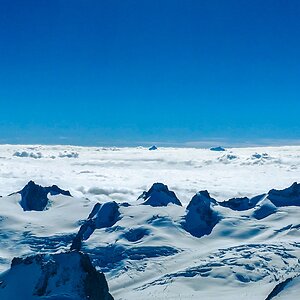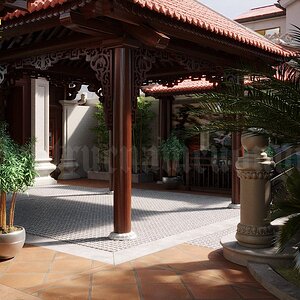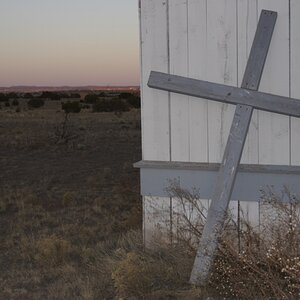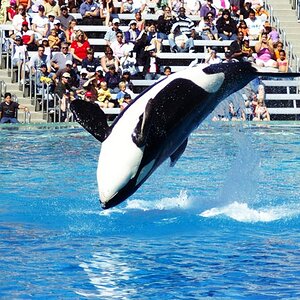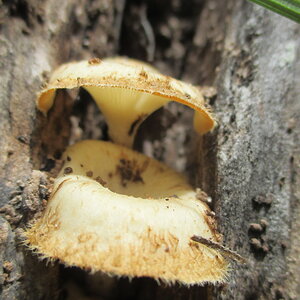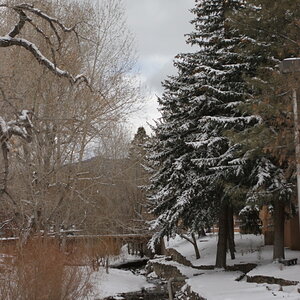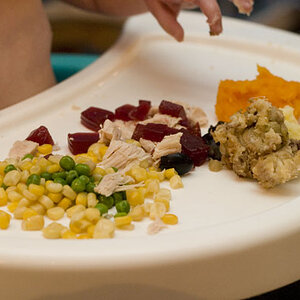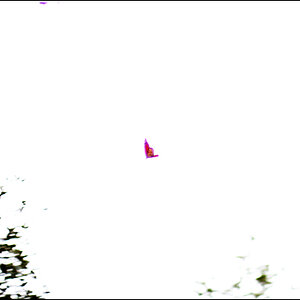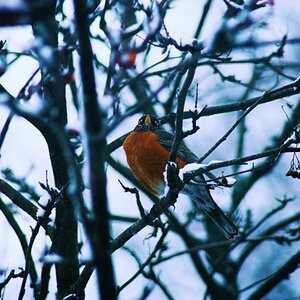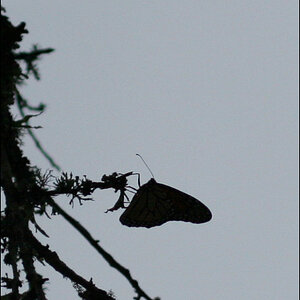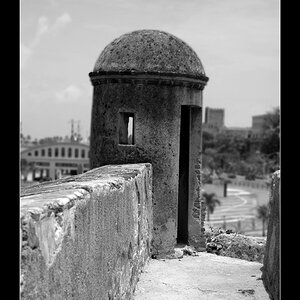SC
TPF Noob!
I understand that slide film should be used for better quality photographs, but after I take the picture, what do I do? I have researched this on the web, but have only managed to confuse myself, and could use a little help! What is the process in developing slide film for use with prints? Are the slides usually developed into small prints and then selected for enlargements? or viewed as a slide, then sent for enlargements. Should the film be cut into individual slides or kept as a roll? Should the slides be converted to negatives, then printed or printed directly from the slide film. Also can you recommend a lab for processing?
Thanks for any help!
SC
Thanks for any help!
SC


